For each cryptocurrency, listing on an exchange is a key process, after which the coin becomes truly accessible to a wide range of investors. The team behind each crypto project aims to get their token listed on an exchange because it not only opens up new development opportunities for the project, but also significantly impacts the liquidity and value of the tokens.
Fedor Ivanov, the Director of Analytics at the company “Shard,” explains how the listing process works and what it actually means for crypto project teams.
Why is Listing Needed?
In general, the listing of cryptocurrencies on exchanges serves the same purposes as the listing of securities. The procedure makes the coins available for purchase to a broad audience, opening up opportunities for investors to profit from price fluctuations. The project teams, in turn, have the chance to attract additional liquidity.
As with an IPO of stocks, many projects go through a long journey from the idea of a listing to its practical realization, which in some cases requires significant time and financial resources. However, in the decentralized world of cryptocurrencies, the complexity of this process greatly depends on the jurisdiction of the cryptocurrency exchange and the token issuer, as well as whether the token’s circulation is planned exclusively within the legal framework or focuses on mass availability.
Any quality project, whose token has clear tokenomics, and whose listing goals are tied to the project’s development, aims to conduct a listing on major centralized exchanges, while exchanges, in turn, carefully study the project before allowing the token to be traded.
Why Crypto Projects Aim to Launch Token Trading
Listing a token on an exchange significantly increases its liquidity. After the token is successfully added, users can freely buy and sell it, creating an active market. This also boosts the project’s recognition among investors. Centralized exchanges, such as Binance or Coinbase, offer high liquidity due to their large number of users, while decentralized exchanges like Uniswap or PancakeSwap allow users to exchange tokens directly without intermediaries, also contributing to liquidity, but as previously mentioned, this can be associated with risks, such as low liquidity or smart contract errors.
A good example of the impact of listing on the price of a crypto asset can be seen with the PEPE and TRUMP tokens. The PEPE token appeared on Coinbase on November 13, 2024, and following the listing, the price of the coin soared by 75%, reaching $0.000022. Within a day of trading on the exchange, the token grew by 40%, and over the course of a week, it rose by 96%. A similar story occurred with TRUMP.
After listing, the token’s price may change due to various factors, the most important of which is the community’s interest in the coin or its project. An increase in interest from traders can lead to a price rise immediately after the listing, and a high trading volume usually indicates sustained interest in the token, which can help maintain or even increase its price. Equally important is the news surrounding the project and coin. In general, it’s much like traditional exchange assets, but without the strict filters applied to securities exchanges, which creates higher volatility and risks of investor losses.
Rules and Procedures
It should be noted that, unlike the securities market, not all jurisdictions regulate token listings, so exchanges rely on their own criteria. In regulated jurisdictions, token listings are carried out according to a clearly established procedure. For example, requirements for cryptocurrency listings and their issuers are set in Belarus, Kazakhstan, the EU, the UAE, and some other countries where cryptocurrencies are strictly regulated. In such jurisdictions, exchanges must allow only those tokens to be traded that meet strict criteria for liquidity, global distribution, and technology. For example, in almost all jurisdictions where cryptocurrencies are regulated, the issuance and listing of anonymous cryptocurrencies are prohibited.
In the EU and the US, it is important to know what type of token it is and which category of crypto assets it belongs to. Depending on this, different requirements apply to the issuer. For example, in the EU, as of late 2024, there has been talk of delisting USDT from exchanges due to its non-compliance with EU stablecoin requirements.
In general, to list a token on an exchange, the team must go through several steps, including:
Assessing possible exchanges and the regulations in the jurisdiction where the exchange operates. Even global exchanges, whose headquarters may be located on tropical islands, must comply with the regulatory requirements of their clients’ jurisdictions. This results in the fact that a client from one country has access to one token, while a client from another country does not.
Preparing documentation – a quality Whitepaper must be prepared, and regulatory requirements for the token must be met.
Submitting an application to the exchange and undergoing its evaluation. The exchange checks not only the token itself but also its issuer and team. This process can take several months.
Roadshow – preparing the audience for the listing. It is necessary to ensure that everyone knows about the upcoming listing, and that interest in the token is high when trading starts.
Launching the trading.As mentioned earlier, there are exceptions. In fact, these are quite frequent. Due to the decentralized nature of cryptocurrencies, many exchanges list tokens themselves to attract customers. This often happens with meme coins or other tokens that have gained popularity during hype waves, such as AI tokens.
Also, any user can list any token on a decentralized exchange (DEX); no requirements are applied, and everything is determined by supply and demand. Therefore, there have been cases when scam tokens or counterfeit tokens appeared on DEXs. In this regard, the decentralized nature of cryptocurrencies does not positively impact the safety of trading.










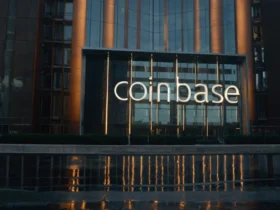
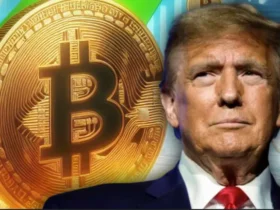
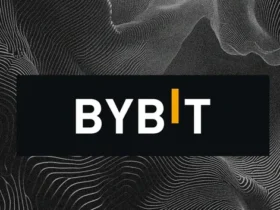



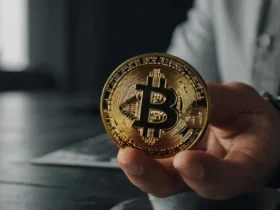
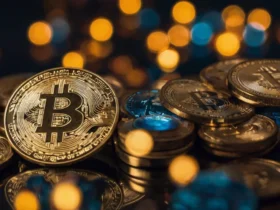







Leave a Reply